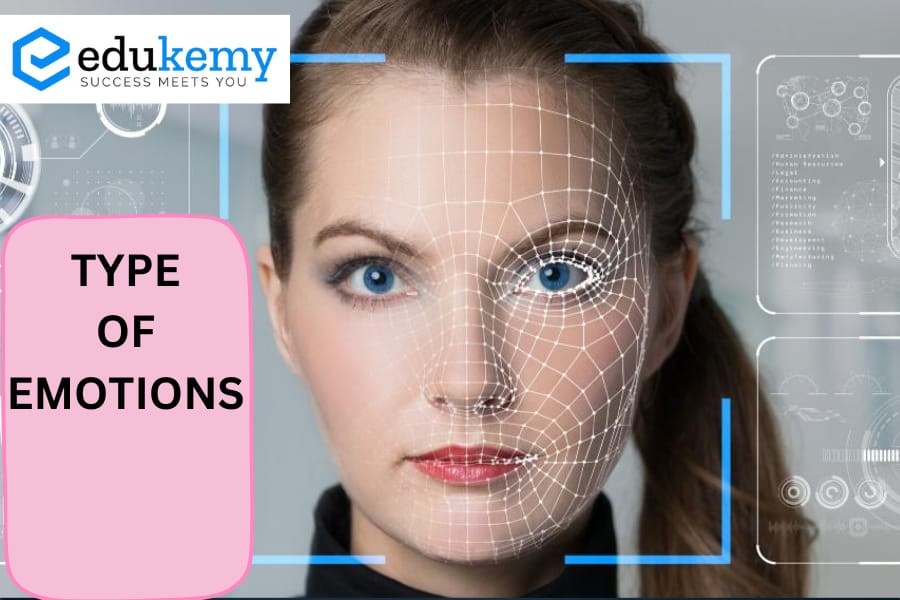
Here are some of the primary types of emotions:
Contents
Basic Emotions:
Happiness: Joy, contentment, elation, excitement.
Sadness: Grief, sorrow, melancholy, disappointment.
Anger: Rage, frustration, irritation, resentment.
Fear: Anxiety, terror, panic, apprehension.
Surprise: Astonishment, amazement, disbelief.
Positive Emotions:
Love: Affection, warmth, adoration, compassion.
Gratitude: Thankfulness, appreciation, recognition.
Serenity: Calmness, peace, tranquility.
Hope: Optimism, anticipation, confidence in the future.
Pride: Satisfaction, self-respect, confidence in oneself.
Negative Emotions:
Envy: Jealousy, covetousness, resentment towards others’ success.
Guilt: Remorse, regret, responsibility for wrongdoing.
Shame: Embarrassment, humiliation, feeling inadequate.
Disgust: Revulsion, aversion, dislike towards something offensive.
Contempt: Disdain, scorn, disrespect towards someone or something.
Complex Emotions:
Jealousy: Combination of fear, anger, and sadness related to perceived threats to a valued relationship.
Ambivalence: Mixed emotions, conflicting feelings about a situation or person.
Nostalgia: Combination of happiness and sadness when recalling past experiences.
Compassion: Sympathy combined with a desire to alleviate the suffering of others.
Schadenfreude: Pleasure derived from others’ misfortune, often mixed with guilt.
Secondary Emotions:
These are emotions that arise from the primary emotions or are a blend of multiple emotions. Examples include jealousy stemming from insecurity (a blend of fear and envy) or disappointment arising from failed expectations (a combination of sadness and anger).
FAQs
Q: What are emotions?
Emotions are complex psychological and physiological states that arise in response to stimuli, thoughts, or experiences. They involve subjective feelings, physiological changes, expressive behaviors, and cognitive appraisal.
Q: Why do we experience emotions?
Emotions serve important adaptive functions, helping us navigate our environment and make decisions. They can motivate behavior, signal potential threats or rewards, facilitate social interactions, and regulate our responses to situations.
Q: How many emotions are there?
While there isn’t a universally agreed-upon number, researchers often identify several basic emotions, such as happiness, sadness, anger, fear, and surprise. However, there are countless nuanced emotions and variations that individuals experience.
Q: Can emotions be controlled?
While it may not always be easy, emotions can be regulated and managed through various strategies such as cognitive reappraisal, mindfulness techniques, and social support. Developing emotional intelligence and self-awareness can also help individuals understand and navigate their emotions more effectively.
Q: Are emotions universal?
While there are universal facial expressions associated with certain emotions (e.g., smiling for happiness, frowning for sadness), the way emotions are expressed and understood can vary across cultures. However, basic emotions and their underlying physiological and psychological mechanisms are believed to be universal aspects of human experience.
In case you still have your doubts, contact us on 9811333901.
For UPSC Prelims Resources, Click here
For Daily Updates and Study Material:
Join our Telegram Channel – Edukemy for IAS
- 1. Learn through Videos – here
- 2. Be Exam Ready by Practicing Daily MCQs – here
- 3. Daily Newsletter – Get all your Current Affairs Covered – here
- 4. Mains Answer Writing Practice – here

